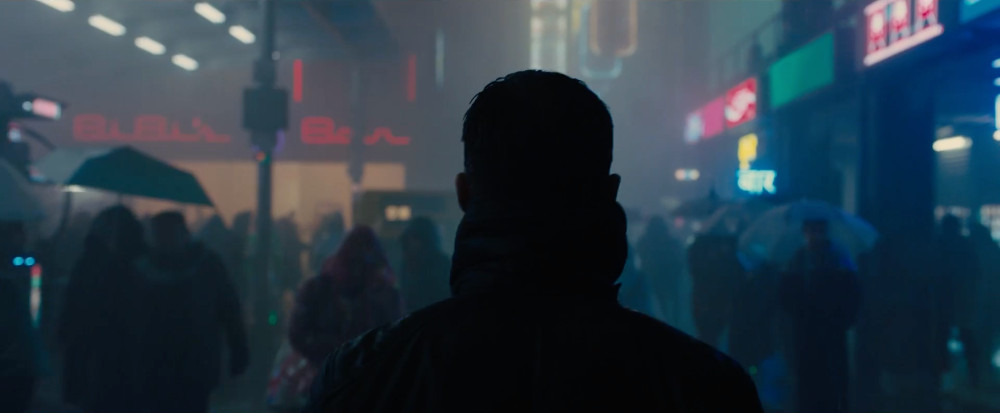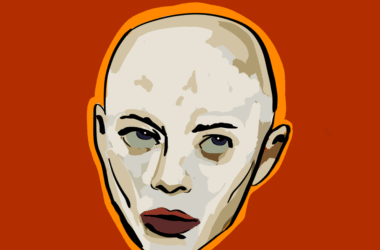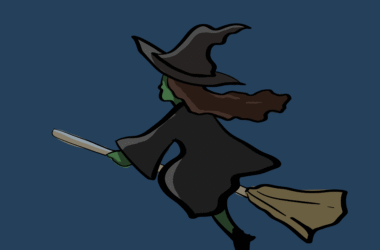For decades, it seemed like a Blade Runner (1982) sequel was doomed to be an artistic failure. Arguably Ridley Scott’s magnum opus, the cyberpunk cult classic lives on in major part because of its absolute disinterest in offering clear answers to the questions it raises. The prospect of a follow-up threatened to needlessly cast light on the cryptic ambiguities of the classic, dragging the original down in the process. Throw in the near-impossible task of both staying true to and expanding upon one of the most singular achievements in modern cinema, and it becomes unfathomable how anyone could be successful.
That’s where Denis Villeneuve comes in. Fresh off celebrated films Sicario (2015) and Arrival (2016), the Quebecois filmmaker has quickly become an unlikely Hollywood favourite, crafting artful box office hits out of increasingly grander genre experiments. Master of creating tension out of thin air, obsessed with the human condition, and renowned for his meticulous visual style, the French-Canadian director was born to helm Blade Runner 2049. It is his best film to date, and easily one of the greatest science fiction films since, well, Blade Runner.
The sequel takes place 30 years after the events of the original. It follows “blade runner,” K (Ryan Gosling, definitely in his Drive (2011) mode rather than La La Land (2016)). K is working for the LAPD in pursuing “retiring” (read: Murdering) rogue members of older generation replicants—bioengineered human-like androids that, after years of slavery, have been integrated into society to ensure humanity’s survival. A specimen of a newer brand of more subservient replicant himself, K discovers the bones of a once pregnant replicant while on a mission. Entrusted with the secret responsibility of finding the child and destroying all evidence of its impossible birth—replicants are believed to be infertile—he embarks on a journey in the footsteps of exiled veteran blade runner Rick Deckard (Harrison Ford, reprising his role with careworn panache) and draws him closer to the essence of humanity itself.
Hampton Francher, one half of the original’s screenwriting duo, is back 35 years later to once more transcend film noir, this time with an original work (Blade Runner was a loose adaptation of the Philip K. Dick’s Do Androids Dream of Electric Sheep? (1968) novella, for which the author never wrote a sequel). Widening the dystopian universe in clever ways, raising the stakes without going absurdly over-the-top (looking at you Marvel), introducing a handful of characters worthy of their predecessors, and deepening the original’s mysteries, Blade Runner 2049 effectively acts as guide on how to write a rewarding sequel.
Akin to the series’ first instalment, however, the film’s form is almost more important than its content. Scenes linger on, stretched to maximum capacity to allow the richly textured world of visionary cinematographer Roger Deakins to take center-stage: Be it a smoky, neon-blue Los Angeles forever mired in nocturnal showers, a sunbaked Las Vegas turned into nuclear wasteland, or an abandoned farm drowning in thick white fog, the visuals are consistently jaw-dropping. Coupled with a show-stopping sound-design that sucks viewers right into the screen, the film becomes an audio-visual experience for the ages, one that barely needs the narrative it supports. The cast, especially scene-stealing unknowns Ana de Armas (K’s hologram lover Joi) and Sylvia Hoeks (villain Niander Wallace’s (Jared Leto) chilling assistant Luv), is spectacular all-around. Cold, slow, and grandiose by every metric, Blade Runner 2049 perfectly recaptures the detached coolness of its predecessor.
With this new entry in his filmography, Villeneuve injects a much-needed dose of visual poetry and thematic complexity to a genre that too often seems to work against its lush, cerebral roots. It might not be the cinematic revolution Blade Runner was, but as far as high-end spectacle goes, 2049 sets a new standard.







